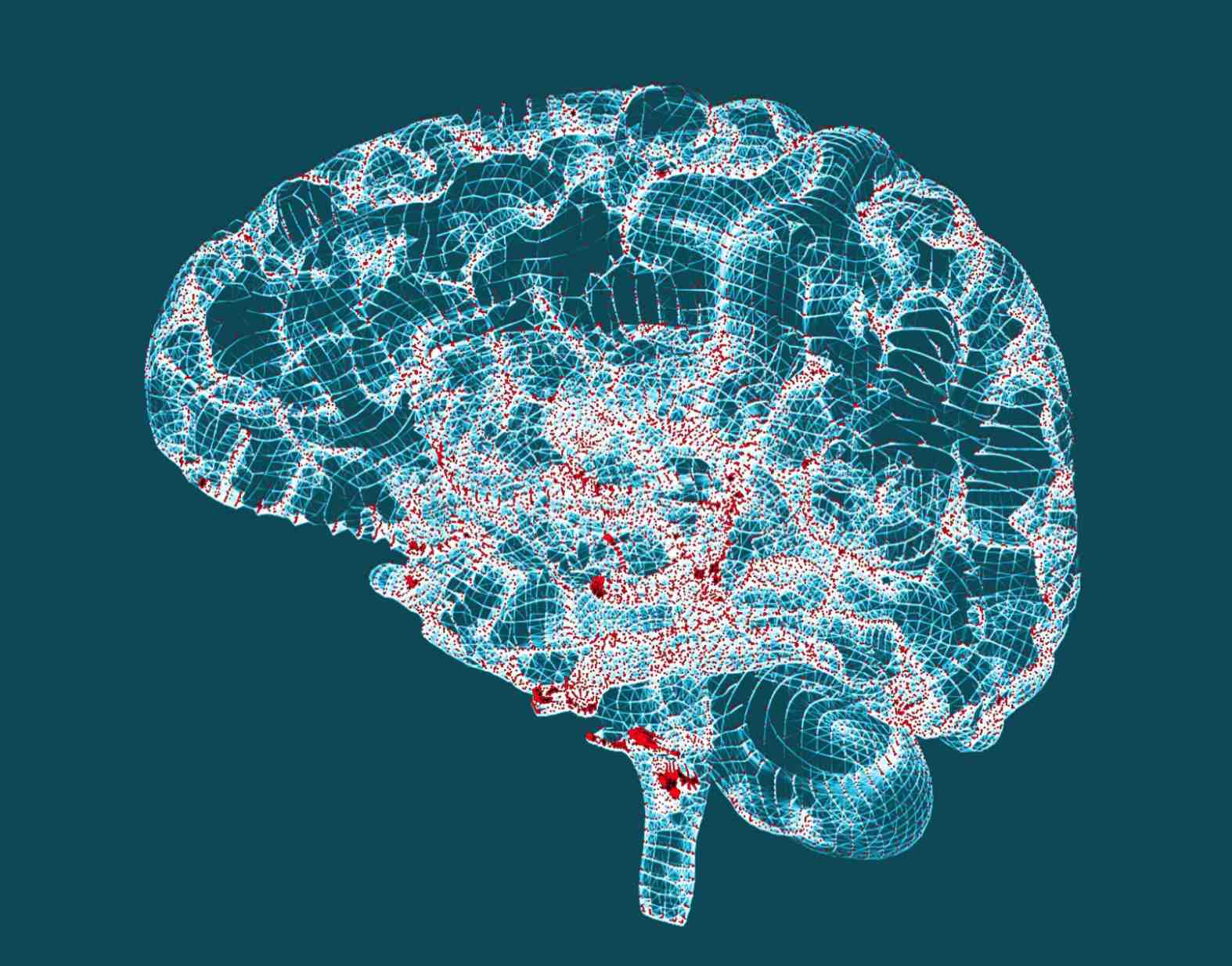
A team of researchers from the Massachusetts Institute of Technology (MIT), in collaboration with the University of Rochester, Mayo Clinic and Massachusetts General Hospital, have developed an artificial intelligence (AI) model that can detect Parkinson’s disease (PD) just from reading a person’s breathing patterns.
PD is the fastest growing neurological condition worldwide, with 145,000 people in the UK living with the disease, according to Parkinson’s UK. PD is also notoriously difficult to diagnose as it relies primarily on the appearance of motor symptoms such as tremors, stiffness and slowness, but these symptoms often appear several years after the disease onset.
The tool developed is a neural network – a series of connected algorithms that mimic the way a human brain works, capable of assessing whether someone has PD from their nocturnal breathing.
The neural network also has the ability to discern the severity of an individual PD and track the progression of their disease over time.
Dina Katabi, professor of electrical engineering and computer science at MIT and principal investigator at the MIT Jameel Clinic, said: “A relationship between Parkinson’s and breathing was noted as early as 1817, in the work of Dr James Parkinson. This motivated us to consider the potential of detecting the disease from one’s breathing without looking at movements.
“Some medical studies have shown that respiratory symptoms manifest years before motor symptoms, meaning that breathing attributes could be promising for risk assessment prior to Parkinson’s diagnosis.”
Researchers have previously investigated the potential of detecting PD using cerebrospinal fluid and neuroimaging, MIT noted, but these methods are invasive, costly and require access to specialised medical centres.
The MIT researchers, however, demonstrated that their AI assessment can be done every night at home, while the person is asleep, and without bodily contact.
The device has the appearance of a home Wi-Fi router and works by emitting radio signals, analysing their reflections off the surrounding environment, and extracting the patient’s breathing patterns. The breathing signal is then fed to the neural network to assess Parkinson’s in a passive manner.
Commenting on the implications the study has for PD drug development and clinical care, Katabi said: “In terms of drug development, the results can enable clinical trials with a significantly shorter duration and fewer participants, ultimately accelerating the development of new therapies.
“In terms of clinical care, the approach can help in the assessment of Parkinson’s patients in traditionally underserved communities, including those who live in rural areas and those with difficulty leaving home due to limited mobility or cognitive impairment.”




